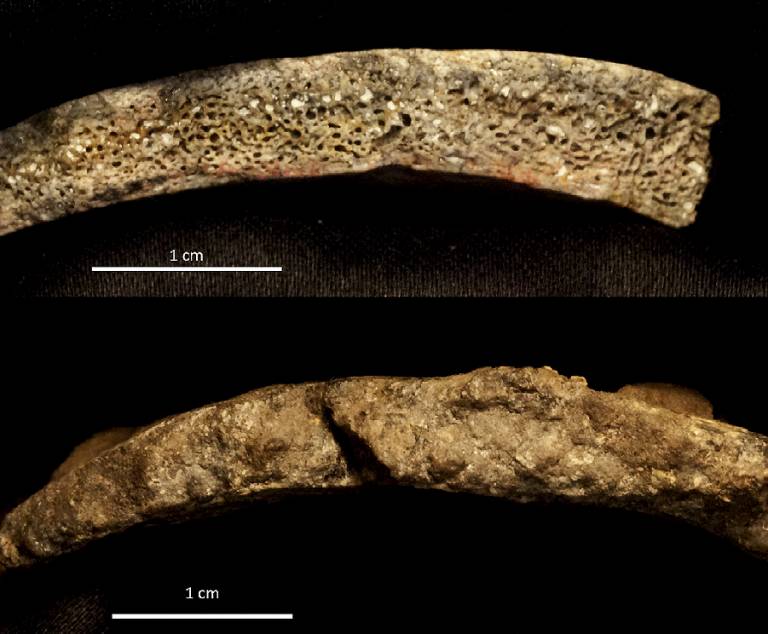Homo erectus does not have uniquely thick vault bones
30 January 2016
Extremely thick cranial vaults have been noted as a diagnostic characteristic of Homo erectus since the first fossil of the species was identified, but relatively little work has been done on elucidating its etiology or variation across fossils, living humans, or extant non-human primates.
 Cranial vault thickness (CVT) is not a monolithic trait, and the responsiveness of its layers to environmental stimuli is unknown.
Cranial vault thickness (CVT) is not a monolithic trait, and the responsiveness of its layers to environmental stimuli is unknown.
We obtained measurements of cranial vault thickness in fossil hominins from the literature and supplemented those data with additional measurements taken on African fossil specimens. Total CVT and the thickness of the cortical and diploë layers individually were compared to measures of CVT in extant species measured from more than 500 CT scans of human and non-human primates.
Frontal and parietal CVT in fossil primates was compared to a regression of CVT on cranial capacity calculated for extant species. Even after controlling for cranial capacity, African and Asian H. erectus do not have uniquely high frontal or parietal thickness residuals, either among hominins or extant primates. Extant primates with residual CVT thickness similar to or exceeding H. erectus (depending on the sex and bone analyzed) include Nycticebus coucang, Perodicticus potto, Alouatta caraya, Lophocebus albigena,Galago alleni, Mandrillus sphinx, and Propithecus diadema. However, the especially thick vaults of extant non-human primates that overlap with H. erectus values are composed primarily of cortical bone, while H. erectus and other hominins have diploë-dominated vault bones. Thus, the combination of thick vaults comprised of a thickened diploë layer may be a reliable autapomorphy for members of the genus Homo.
Authors: Lynn Copes & Bill Kimbel (Arizona State University)
Journal: Journal of Human Evolution
Learn more here.
 Close
Close

